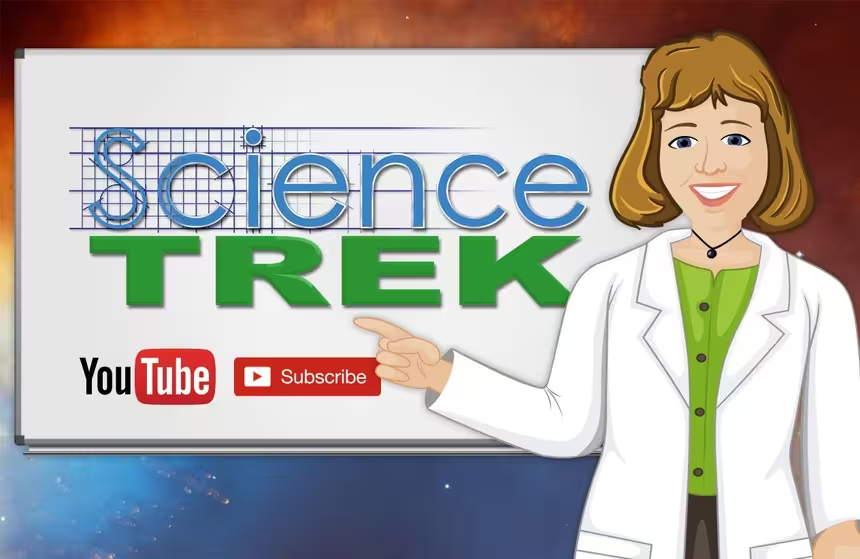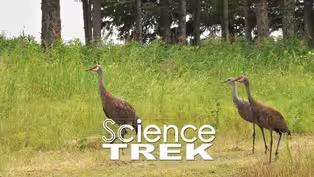
Dinosaurs: Eating and Eggs
Clip: Special | 1m 4sVideo has Closed Captions
How much did dinosaurs eat?
Dinosaurs ate an amazing amount of food. Find out how much a T-Rex could swallow in one bite and learn more about dinosaur eggs.
Problems playing video? | Closed Captioning Feedback
Problems playing video? | Closed Captioning Feedback
Science Trek is a local public television program presented by IdahoPTV
Major Funding by the Laura Moore Cunningham Foundation and the Idaho National Laboratory. Additional Funding by the Friends of Idaho Public Television and the Corporation for Public Broadcasting.

Dinosaurs: Eating and Eggs
Clip: Special | 1m 4sVideo has Closed Captions
Dinosaurs ate an amazing amount of food. Find out how much a T-Rex could swallow in one bite and learn more about dinosaur eggs.
Problems playing video? | Closed Captioning Feedback
How to Watch Science Trek
Science Trek is available to stream on pbs.org and the free PBS App, available on iPhone, Apple TV, Android TV, Android smartphones, Amazon Fire TV, Amazon Fire Tablet, Roku, Samsung Smart TV, and Vizio.

Science Trek
Science Trek is a place where parents, kids, and educators can watch short, educational videos on a variety of science topics. Every Monday Science Trek releases a new video that introduces children to math, science, technology, engineering, and math (STEM) career potentials in a fun, informative way.[MUSIC] Joan Cartan-Hansen, Host: Dinosaurs were big eaters.
The biggest long-necked dinosaurs could eat a half of ton of veggies every day.
The Tyrannosaurus Rex could bite with 13 thousand pounds of force.
It could eat 500 pounds of meat, about the size of a modern cow, in one bite.
All dinosaurs laid eggs.
The smallest dinosaur eggs found measured less than an inch across.
The largest were football-shaped and were two to three times bigger than ostrich eggs.
Paleontologist David Varricchio found this fossilized nest of dinosaur eggs in Montana.
David Varricchio: The whole egg would be about this long, so yeah-big.
They're kind of neat because they have a bumpy surface, different from modern reptiles and modern birds.
They have kind of a goose bumped texture to them.
Check out the science trek website for more information about this and all our science topics for kids.
You'll find it at ScienceTrek.org [MUSIC]
Video has Closed Captions
Clip: Special | 1m 4s | What did dinosaurs taste like? (1m 4s)
Providing Support for PBS.org
Learn Moreabout PBS online sponsorship
- Science and Nature

Explore scientific discoveries on television's most acclaimed science documentary series.

- Science and Nature

Capturing the splendor of the natural world, from the African plains to the Antarctic ice.












Support for PBS provided by:
Science Trek is a local public television program presented by IdahoPTV
Major Funding by the Laura Moore Cunningham Foundation and the Idaho National Laboratory. Additional Funding by the Friends of Idaho Public Television and the Corporation for Public Broadcasting.
